Can a LUN be your moon?
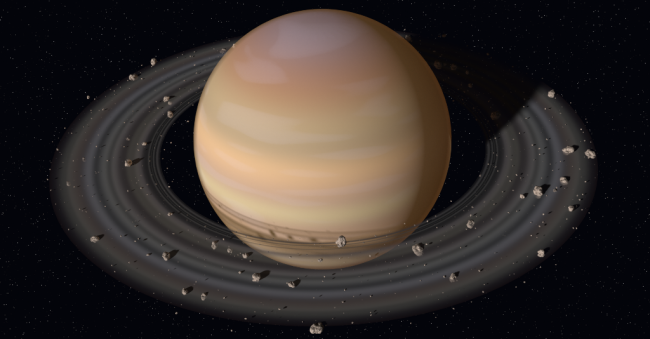 Source:
Source:
In the Solar system is the Sun — in the center — many planets, asteroids, Kuiper belt objects and the moons, they are moons. Although most of the planets have satellites, and some Kuiper belt objects and even asteroids too, have their own satellites, known "satellites of satellites" is not among them. If we are not lucky, or basic and very important rules of astrophysics complicate their education and existence.
When all you need to keep in mind, this is one massive object in space, it seems pretty simple. Gravity is the only working force, and you will be able to place any object in a stable elliptical or circular orbit around it. In such a scenario, it seems that he will stay in his position forever. But here come into play other factors:
the-
the
- object can be in a certain kind of atmosphere or diffuse "halo" of particles around; the
- object is not necessarily stationary, but will rotate — probably fast — axis;
This object will not necessarily be as isolated as you thought initially.
the Tidal forces acting on Saturn's moon Enceladus, enough to stretch its icy crust and heat the subsurface so that the subsurface ocean is erupting hundreds of miles into space
The First factor, the atmosphere, makes sense only in the most extreme case. Usually an object that revolves around a massive and solid the world without an atmosphere, would be enough to avoid the surface of this object, and it will stick around indefinitely. But if you increase the atmosphere, even incredibly diffuse, any body in orbit will have to deal with atoms and particles, surrounding the Central mass.
Despite the fact that we usually believe that our atmosphere is "the end" and at a certain height begins space, the reality is that the atmosphere is just exhausted when you climb higher and higher. The Earth's atmosphere extends for hundreds of kilometers; even the international space station will descend from orbit and burn up if we don't it to constantly adjust. By the standards of the Solar system body in orbit must be at a certain distance from any mass to stay "safe".
Whether artificial or natural satellite, not a big deal; if it will be in orbit of the world with a significant atmosphere, he will descend from an orbit and will fall on the next world. All satellites in low earth orbit will do so as a satellite of Mars Phobos
In addition, the object can rotate. This applies to both a large mass and a smaller orbiting around the first. There is a "stable" point in which both masses are tidal locked (always facing each other on one side), but any other configuration will be "torque". This torsion or twist, both masses will spiral inwards (if rotation is slow) or outward (if the rotation is fast). In other worlds most of the satellites are not born in ideal conditions. But there is another factor that we need to consider before you head dive into the problem of "satellites of satellites".
system Model Pluto — Charon shows two masses, rotating around one another. Flyby New horizons showed that Pluto or Charon no inner satellites concerning their mutual orbits
The fact that the object is not isolated, is important. Much easier to keep an object in orbit near a single mass — like the moon near the planet, a small asteroid near the big or Charon near Pluto than to keep the object in orbit near the mass, which itself rotates around another mass. This is an important factor, and we think little about it. But let's for a moment consider it from the perspective of our closest to the Sun, the moonless planet mercury.
Mercury revolves around the Sun relatively quickly, and therefore the gravitational and tidal forces acting on it are very high. If something else was spinning around mercury, it would be much more additional factors.
-
the
- Wind from the Sun (flux of outgoing particles) hit would be in the mercury and the object near it, knocking them out of orbit. the
- the Warmth which the Sun gives to the surface of mercury, can lead to the extension of the atmosphere of mercury. Despite the fact that mercury vacuum, and the particles on the surface are heated and thrown into space, creating a kind of weak, but the atmosphere. the
- Finally, there is a third mass, which wants to lead to a final tidal locking: not only between low weight and mercury and between mercury and the Sun.
Therefore, for any satellite of mercury there are two ultimate location.
Every planet, which orbits a star, will be the most stable when tidal locked with it: when its orbital and rotational periods are the same. If you add another object in orbit to the planet, its the most stable orbit will be mutually tidal locked with the planet and star near the point L2
If the satellite is too close to mercury for several reasons:
the-
the
- spinning fast enough for his race; the
- mercury rotates fast enough to be tidal locked with the Sun; the
- susceptible to slow solar wind; the
- will be subject to significant friction Mercurian atmosphere
Eventually he will fall to the surface of mercury.
When the object collides with the planet, it can raise the wreckage and lead to the formation of moons nearby. So came the earth, the Moon and also appeared the moons of Mars and Pluto
And on the contrary, he runs the risk of being ejected from mercury's orbit, if the satellite is too far and would be applicable other considerations:
the- mercury spins too fast to be tidal locked with the Sun; the
- solar wind imparts an additional velocity to the satellite; the
- interference from other planets push the satellite; the
- heat the Sun imparts additional kinetic energy is definitely small satellite.
The satellite is rotating too fast for their distance; the
With all that said, we should not forget that many planets have their satellites. Although the system of the three bodies will never be stable unless you adjust its configuration under ideal criteria, we will be stable for billions of years under the right circumstances. Here are a few terms that will simplify the task:
-
the
- to Take a planet/asteroid, so that the bulk of the system was far removed from the Sun to the solar wind, flashes of light and tidal forces of the Sun were unimportant. the
- To the satellite of this planet/asteroid was close enough to the main body, so not much hanging gravity and has not been accidentally pushed in the process of gravitational or other mechanical interactions. the
- To the satellite of this planet/asteroid was far enough away from the main body to tidal forces, friction or other effects did not lead to rapprochement and merger with the parent body.
As you may have guessed, there is a "sweet Apple" in which a moon may exist near the planet: several times further than the radius of the planet, but close enough to the orbital period was not too long and still much shorter than the orbital period of the planet relative to the stars. So, if you take all this together, where is satellites satellites in our Solar system?
Asteroids in the main belt and the Trojans near the Jupiter can have its own satellites, but they don't consider themselves as such.
The closest thing we have is the Trojan asteroids with their own moons. But since they are not "satellites" of Jupiter, is not quite right. What then?
The Short answer is: hardly we will find something similar, but there is hope. Gas giant worlds are relatively stable and sufficiently removed from the Sun. They have many satellites, many of which are tidal locked with its parent world. The largest moon will be the best candidates for placing satellites. They should be:
the-
the
- maximum massive; the
- is relatively removed from the parent body to minimize the collision risk; the
- not too removed, not to be ejected; the
- and is new — well separated from the other moons, rings, and satellites, which could interfere with the system.
What moon in our Solar system better suited to acquire their own satellites?
the-
the
- Jupiter's moon Callisto: the outermost of the large moons of Jupiter. Callisto, which is located at a distance of 1 883 000 km, also has a radius of 2410 km. Around Jupiter it is held for 16.7 per day and has a large escape velocity of 2.44 km/s. the
- Jupiter's moon Ganymede: the largest moon in the Solar system (2634 km radius). Ganymede is very far from Jupiter (1 070 000 km), but not enough. It has the highest escape velocity of all satellites in the Solar system (2.74 km/s), but densely populated system giant planets extremely complicates the process of acquiring satellites, the satellites of Jupiter. the
- Saturn's moon yapet: not particularly large (734 kilometers in radius), but is very far from Saturn — 3 561 000 km average distance. It is well separated from the rings of Saturn and from all other major moons of the planet. The only problem is his low weight and size: the escape velocity is only 573 meters per second. the
- Satellite of Uranus Titania: radius of 788 kilometers, the largest satellite of Uranus is 436 000 km from Uranus and completes an orbit in 8.7 days. the
- moon of Uranus Oberon: the second largest (761 km), but the remote (584,000 kilometer) big moon completes orbit around Uranus for 13.5 days. Oberon and Titania, however, dangerously close to each other, so the "moon moon" between...
Recommended
The Americans on the moon: what everyone should know?
the Upcoming cosmonautics day is my favorite holiday. It marks the triumph of the human mind: in just four thousand years Homo Sapiens went from hunter-gatherers to space explorers. 12 April 1961 Soviet cosmonaut Yuri Gagarin became the first man in ...
Why are some galaxies spiral shaped?
you Know what surprised me the most? The fact that we perceive the surrounding world as it is. Animals, plants, the laws of physics and the cosmos are perceived by many people as something so mundane and boring that they invent fairies, ghosts, monst...
Astronomers were able to see the death of another star system
In the cosmic ocean drifts a lot of mysteries about the existence of which we are unaware. One of these was uncovered five years ago, when astronomers have discovered a lonely star at a distance of 570 light years from Earth, the brightness of which ...
Related News
Nanoracks wants to turn the exhaust of the rocket in outer housing
as NASA is working to send humans into deep space, the Agency looking for new types space of the housing in which the astronauts could live far away from Earth. Company Nanoracks offers an interesting idea: instead of building som...
ISS has launched the first flexible solar panel
typically, solar panels are made up of many photovoltaic modules. The us space Agency NASA last Sunday spent in earth orbit the first of its kind experiment: using the manipulator Canadarm-2 was deployed on an experimental flexibl...
For an ultra-modern telescope JWST has selected the first target for research
the launch of the space telescope «James Webb» (JWST), which will take the place of the old Hubble, is scheduled for October 2018. If all goes well, this new giant space telescope will continue the legacy of the famous "...
Stage Falcon 9 will put the robot
the Company continues to put SpaceX first stage rocket Falcon9, so in the fact of planting the waste stage is not surprising. But Elon Musk, the head of the company, is constantly striving to improve and make the process of takeof...
10 ways by which aliens are able to contact us
Humanity is still not met any life forms outside of our planet. If you ignore the tales of "Area 51" and "eyewitness encounters with UFOs and their pilots" we still have not received any extraterrestrial signals even remotely tryi...
LIGO suspected that black holes emit light
Billions of years ago two black holes much more massive than the Sun — 31 and 19 solar masses each — merged in a distant galaxy. 4 January 2017 these gravitational waves traveling across the Universe at the speed of light, finally...
Chinese quantum satellite transmitted data at a record distance
the fact that the first quantum test of the satellite were successful, Chinese scientists from the Chinese Academy of Sciences announced the other day, then published a detailed article on this topic in the journal Science. Scien...
We will look for life on distant exoplanets?
the Search for extraterrestrial life is undoubtedly one of the most profound scientific events of our time. If extraterrestrial biological life will be found near another world around another star, we'll finally know that life out...
The fire from the fallen blocks of the rocket "Soyuz" a man died
Drop blocks of the carrier rocket «Union» led to the fire in the steppe of Kazakhstan near the town of Zhezkazgan, which killed the truck driver — reported «Roskosmos» the morning of 15 June. Employee N...
How will the death of the milky Way?
we are on the Earth another billion or two years before the oceans boil and the planet will become uninhabitable. The sun will heat up, turn into a red giant, burn the fuel in the core, will inflate their outer layers and shrink i...
10 important NASA missions that we are looking forward to
National Aeronautics and space administration (NASA) was established on 1 October 1958. It was the direct descendant of the "space race" period of the 20th century, when the United States and the Soviet Union essentially were comp...
Boeing started to create an experimental space plane Phantom Express
according to the publication Seeker, a well-known company-the manufacturer of aircraft Boeing together with DARPA in the framework of the programme for space exploration, XS-1 begin to create a supersonic space plane called Phanto...
Seven of the most extreme planets that we found
Not so long ago scientists have discovered the hottest planet in the entire history of observations — with surface temperatures in excess of such even some stars. As the search for planets outside our own Solar system, we find man...
"The first space nation" wants to develop outside the legal field of the Earth
At the end of last year an international group of scientists announced the project Asgardia is the first independent space nation, free from the constraints of earthly law. Read more about this project you can read in our . I conf...
China began the development of spacecraft with a horizontal takeoff
that work on the creation of the space plane are already underway, the portal said one of the leaders of the Corporation Casic, which experts are engaged in the development. Vice President of the aerospace Corporation Liu Shiquan...
throughout the history of space exploration, the astronauts and cosmonauts appeared several times on the verge of death. We've all heard about the catastrophe Shuttle "Challenger" and "Columbia", know about the exploits of the Leo...
Once the Earth was unlike himself
Before the appearance of humans, the world was completely different. Our planet didn't always look like this. Over the last 4.5 billion years it has gone through some of the most incredible changes — and they are absolutely indesc...
Rocket "proton-M" was launched after a year of inactivity
Flight of the carrier rocket «proton-M» with the upper stage «Briz-M» and American spacecraft «ekostar-21» took place from the spaceport «Baikonur» today at 06:45 Moscow time. the represent...
The 10 leading theories on the subject of dark energy
Humanity has accumulated a huge amount of information about our Universe and how it works. We are proud to be the most intelligent species on Earth, and, at the moment, and throughout the Universe. However, the information we have...
The hibernation hypothesis offers an explanation for the Great silence of the Universe
We are still alone in the Universe, and the mystery of the Fermi paradox, he does not want to decide. Meanwhile, within the scientific community have arisen a new hypothesis, which promises to answer the question, "where the hell ...


















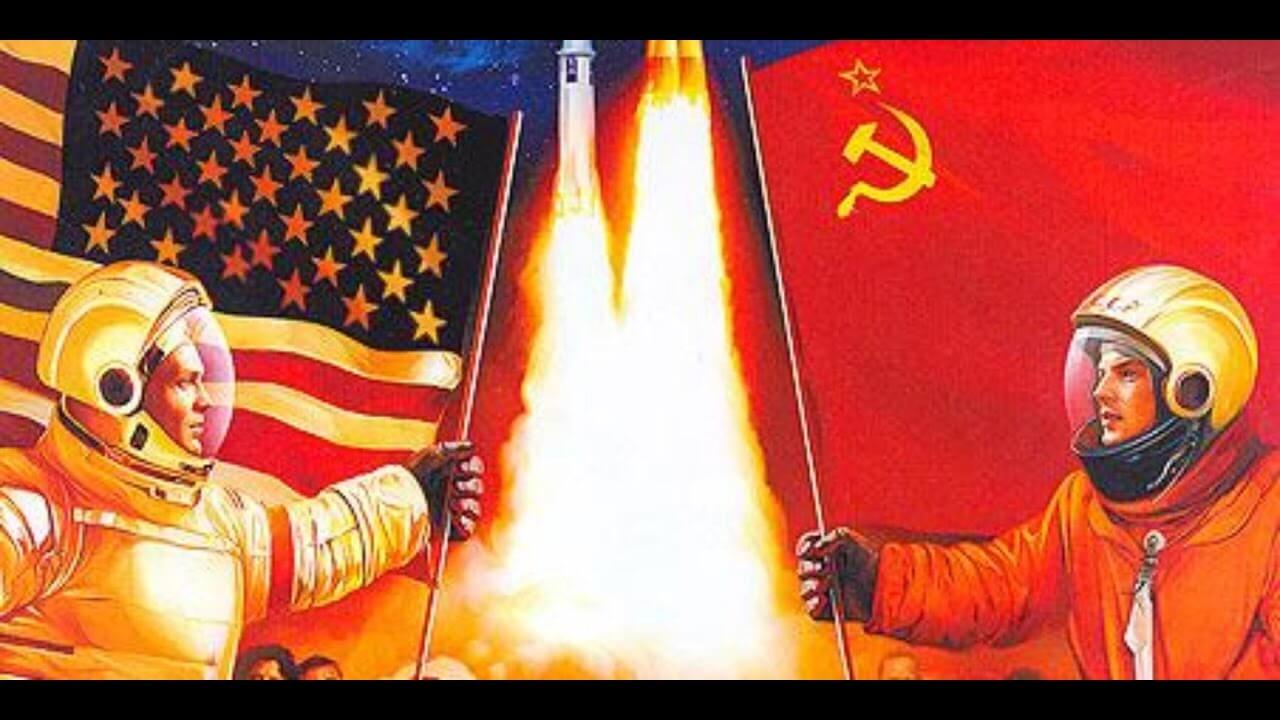
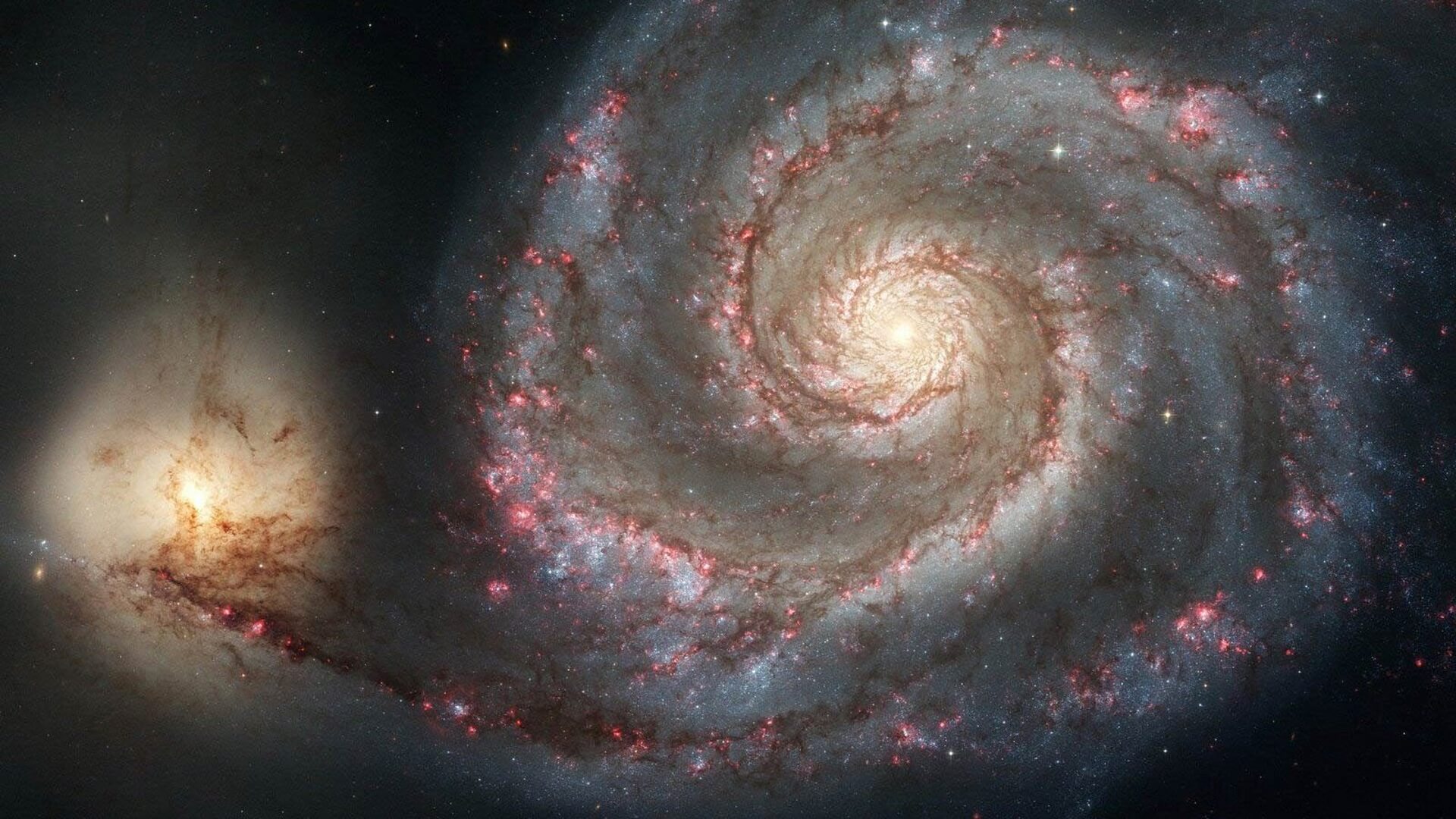
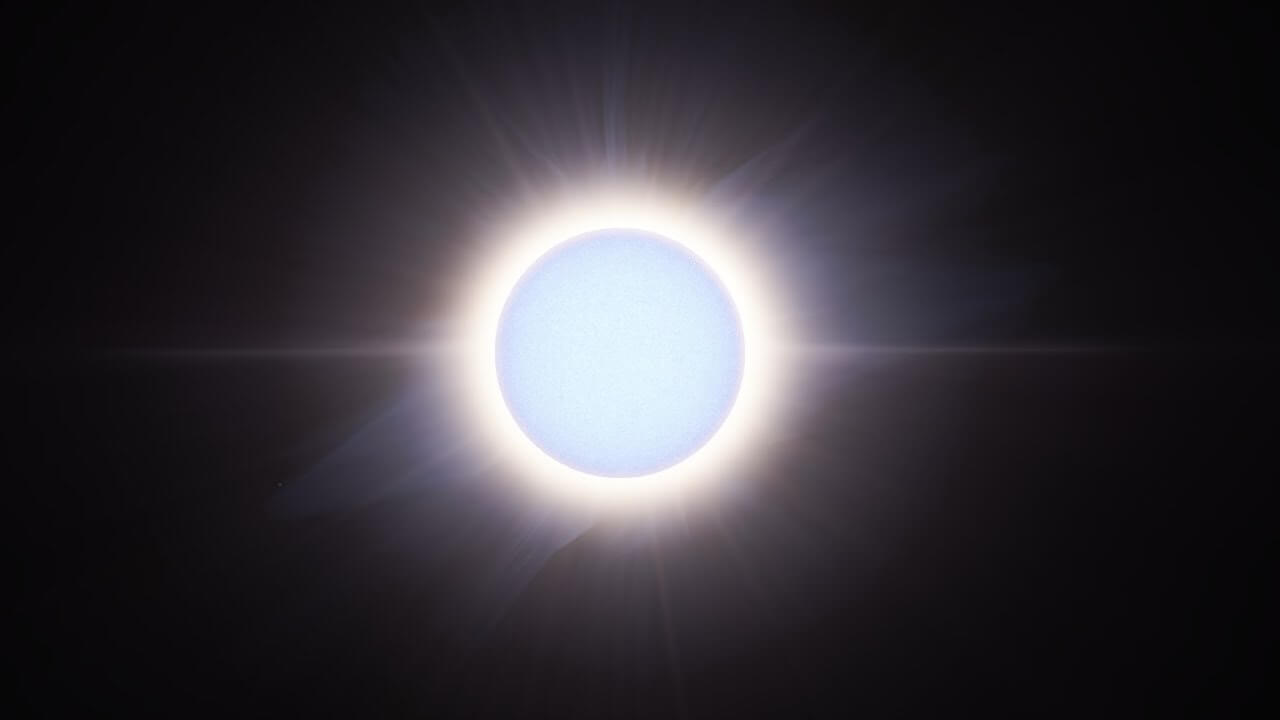
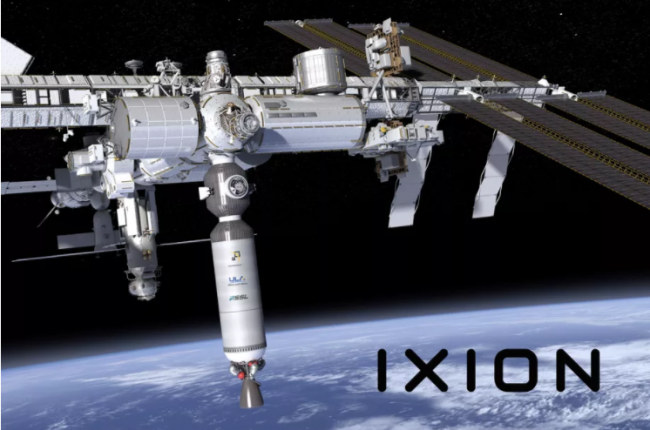
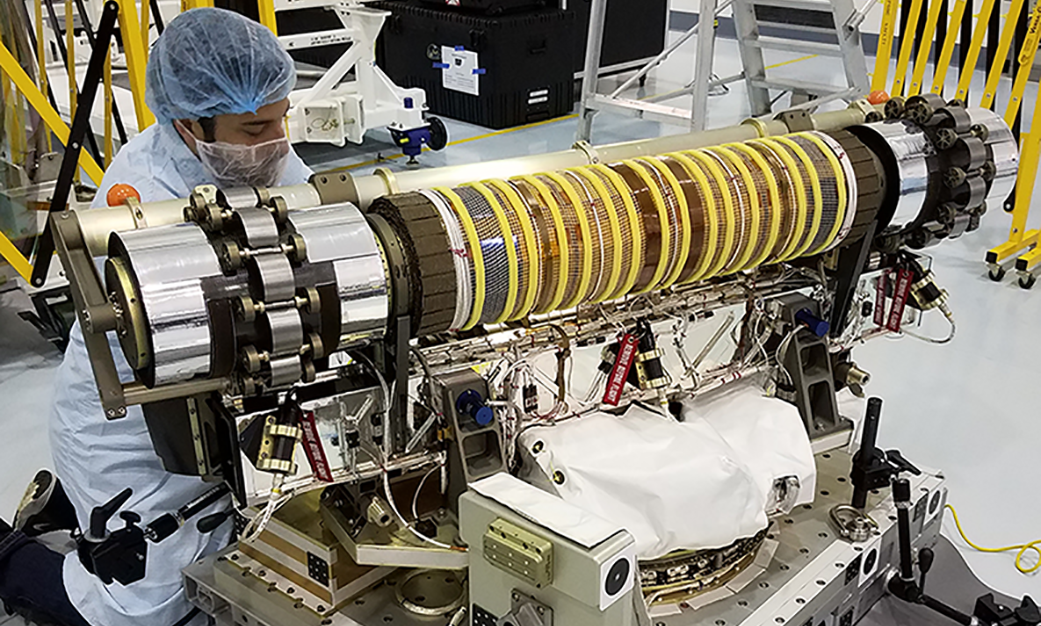
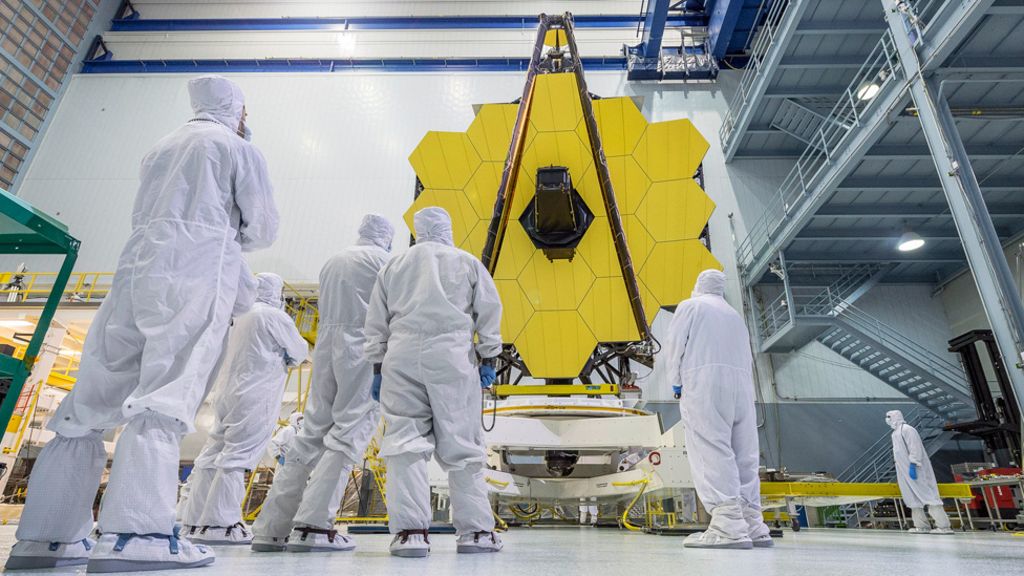
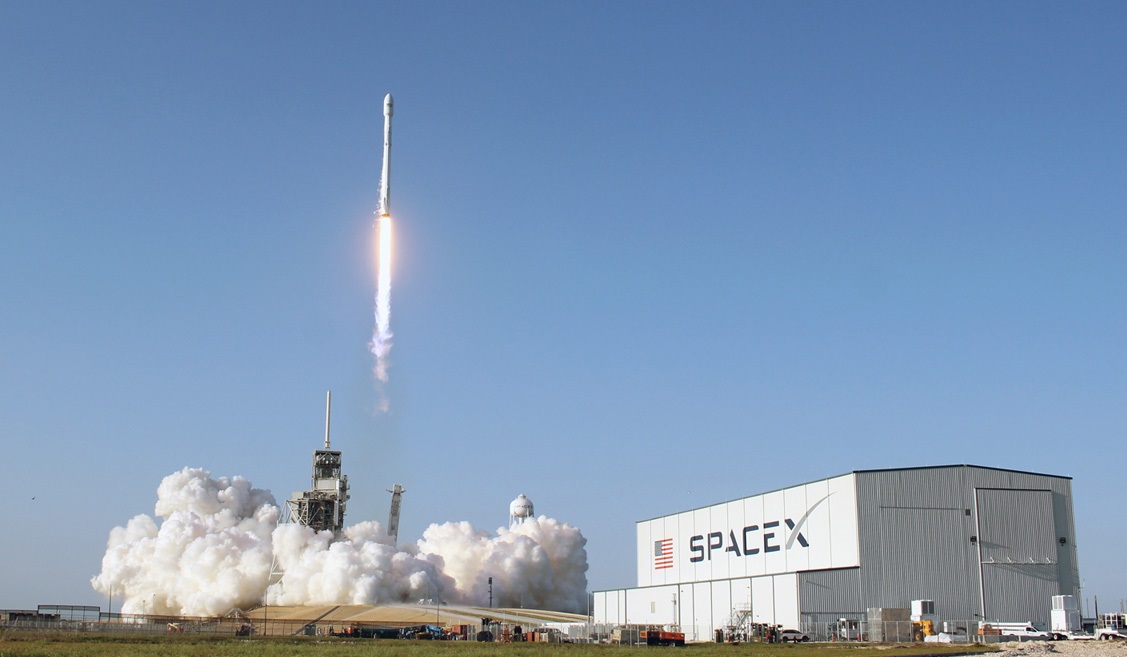
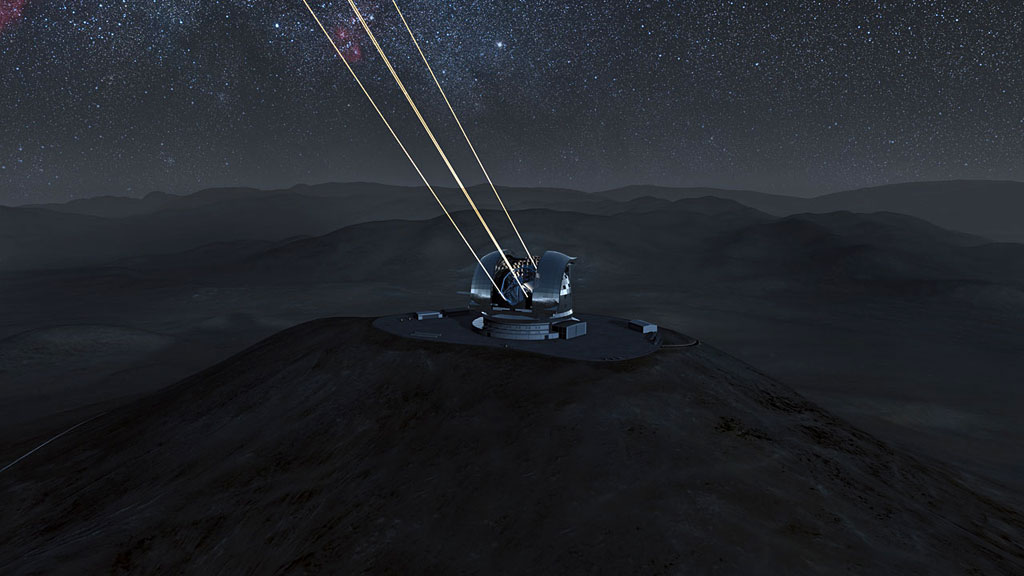
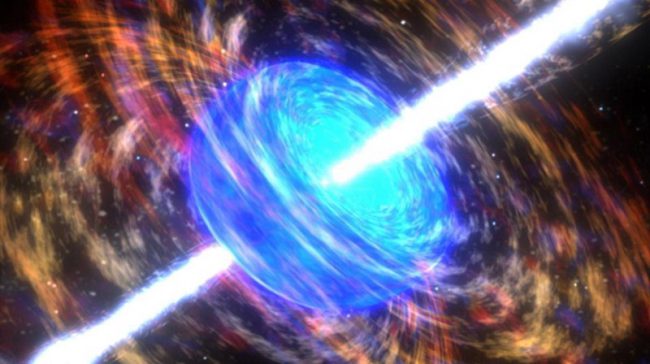
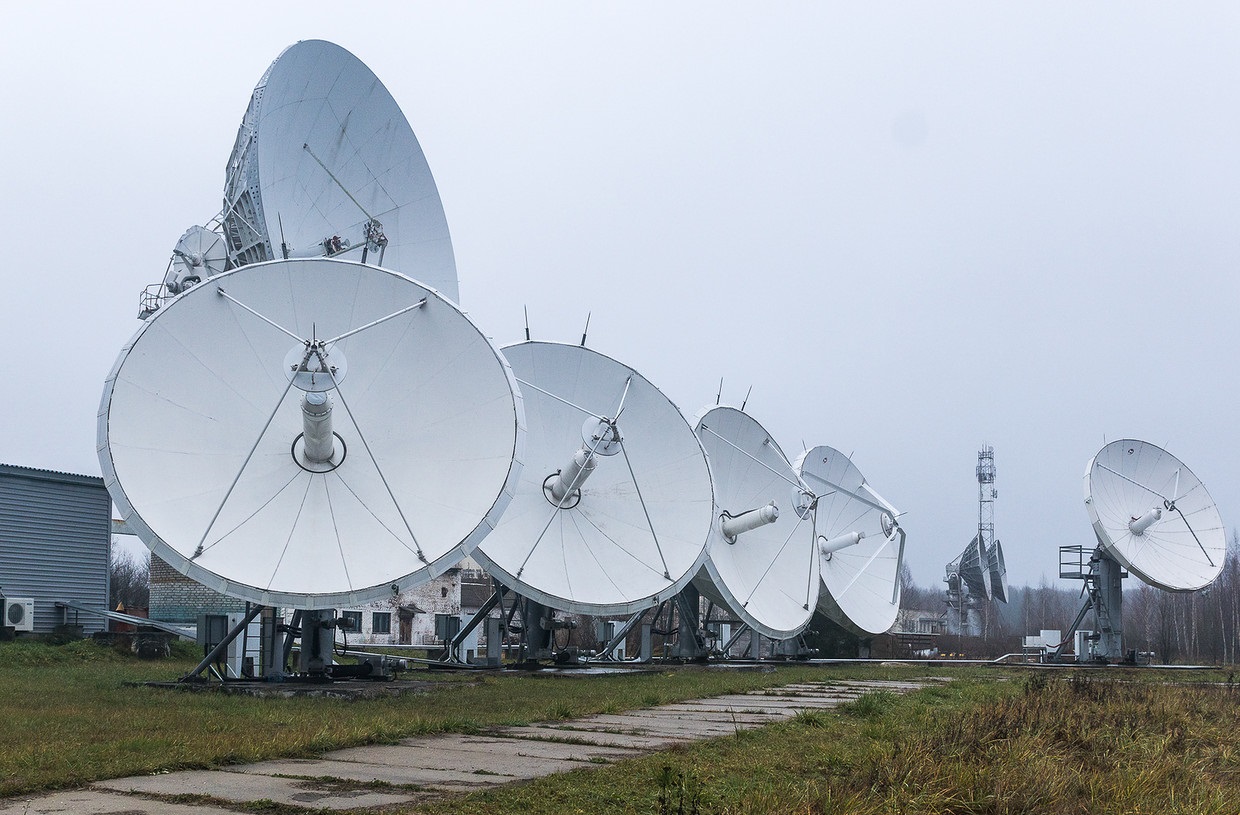
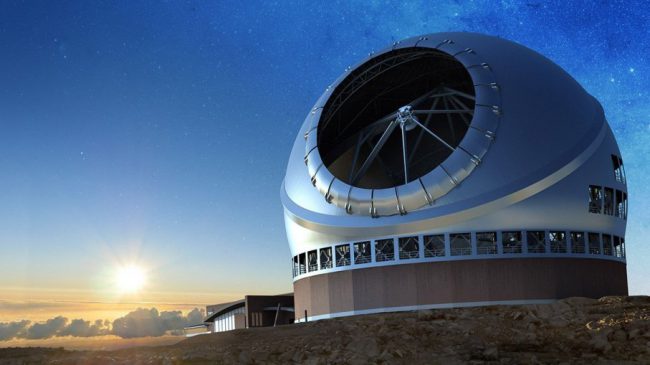
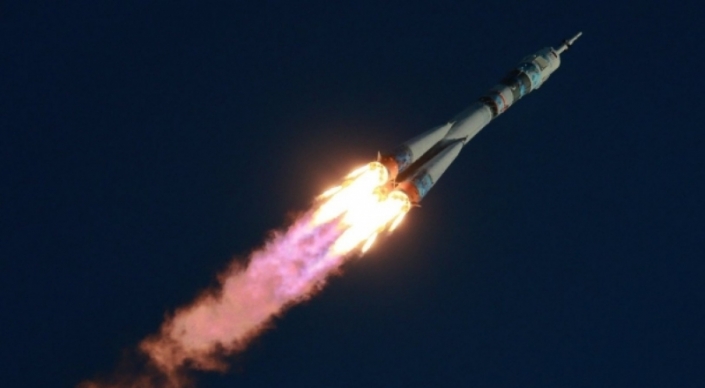
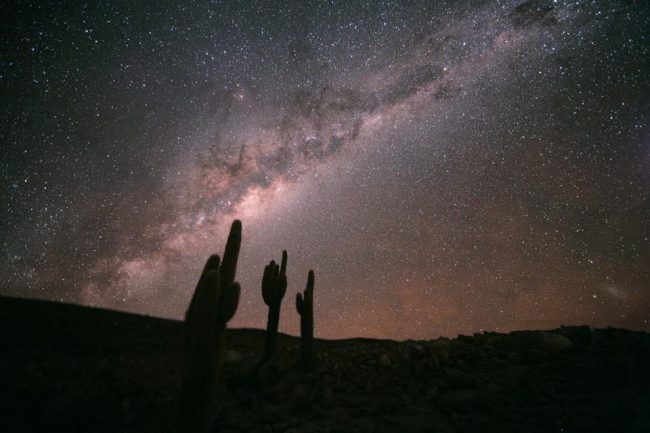
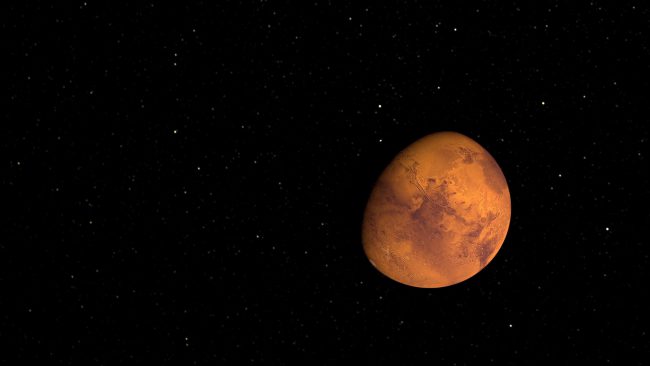
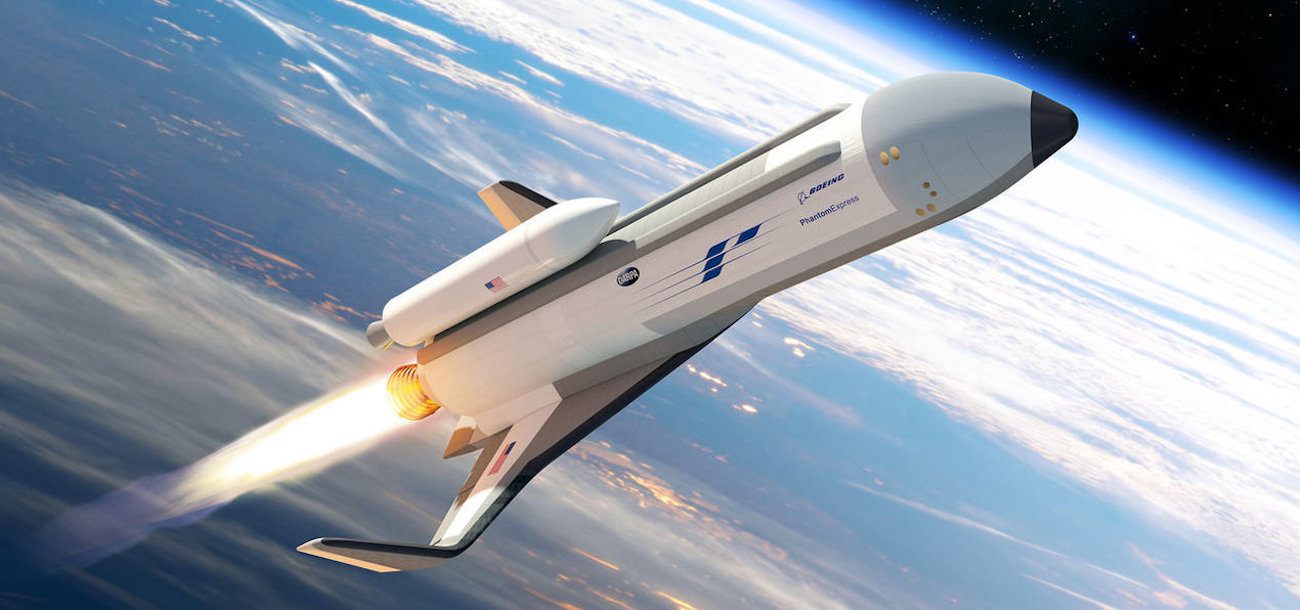
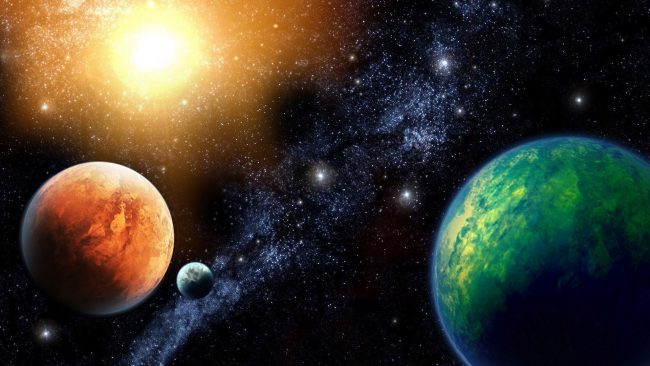
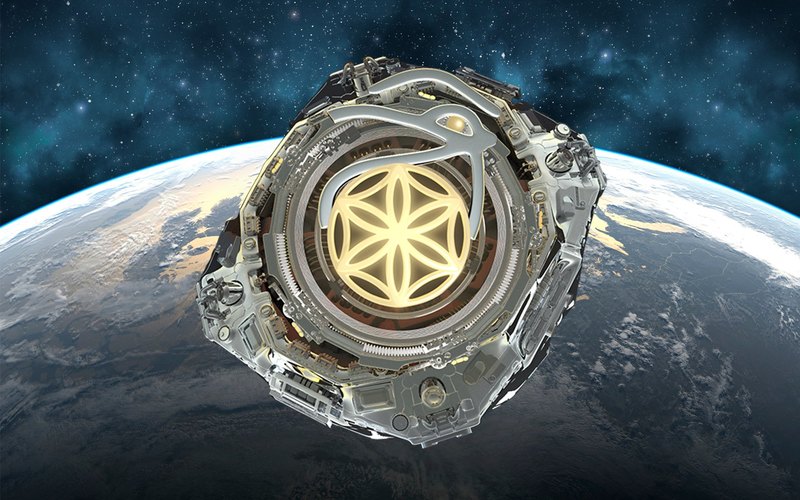
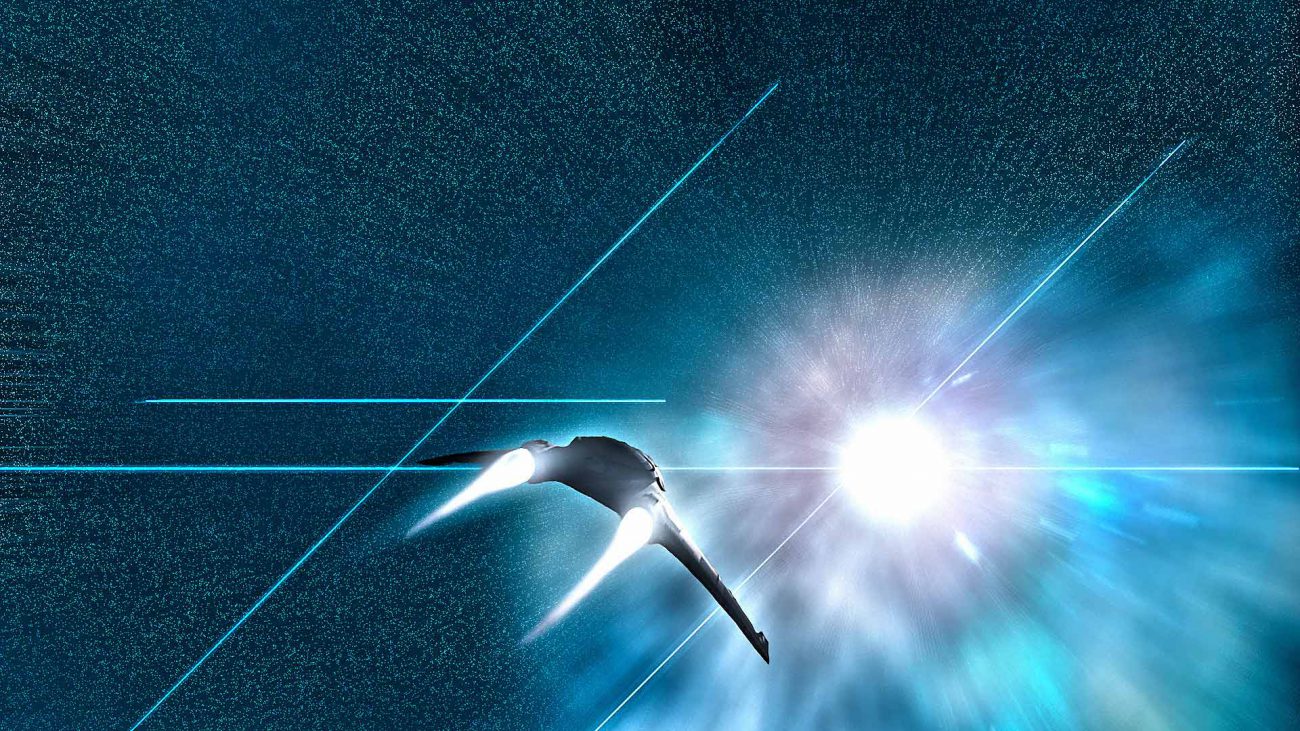
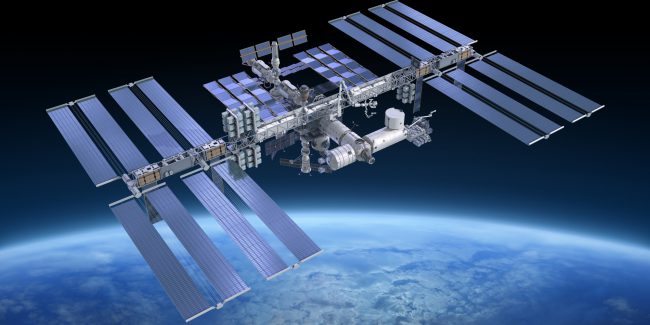
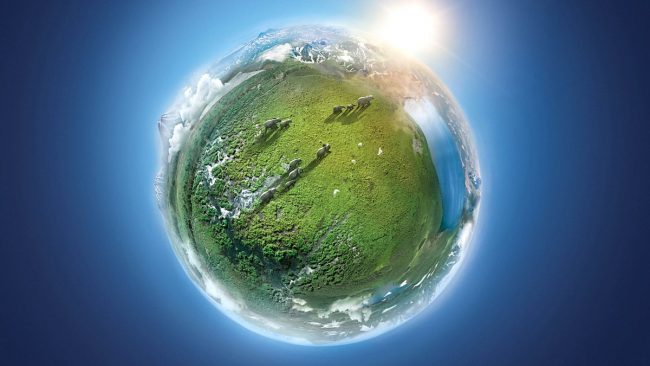

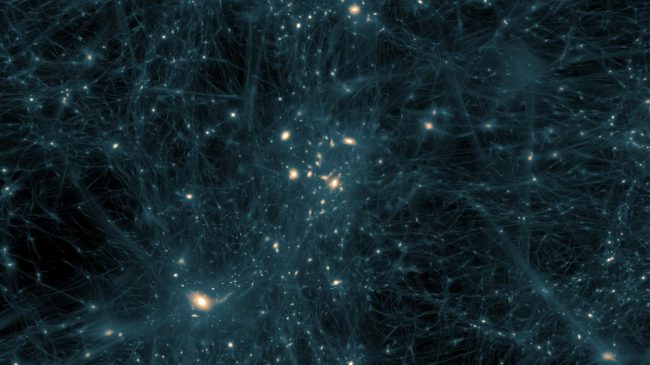
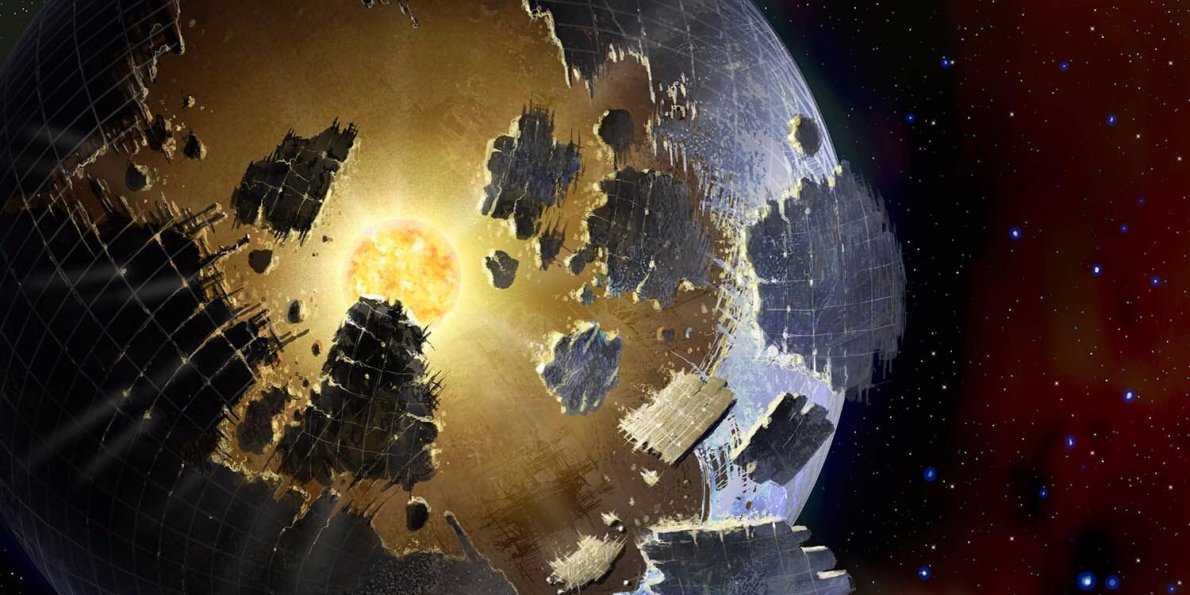
Comments (0)
This article has no comment, be the first!